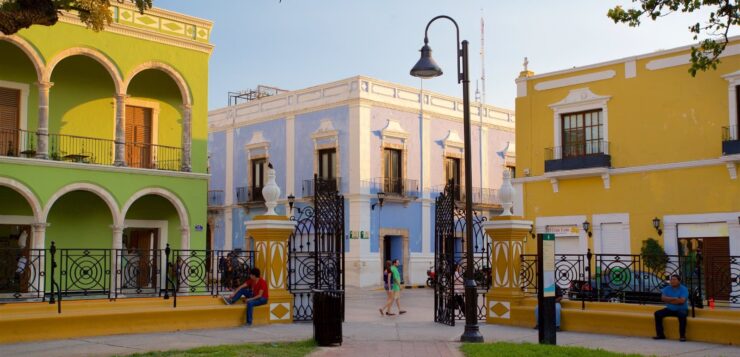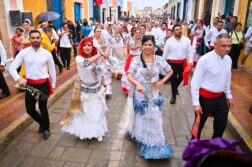San Francisco de Campeche
Get to know all the attractions of San Francisco de Campeche, starting your walking tour at Plaza Independencia, the esplanade where the most important government and religious buildings in the capital are located. Among carob trees and fruit sellers you will visit the Cathedral of Our Lady of the Purísima Concepción, from 1760; the Revolution Portals, occupied by cafes, shops and restaurants; the Palacio Cultural Center, which houses an interactive museum about the nautical history of Campeche and the stately House No. 6.
Also visit the Puerta de Tierra, the bastions of San Carlos and the forts of San Miguel and San José, spaces that are part of the old wall that protected the city from pirate raids.
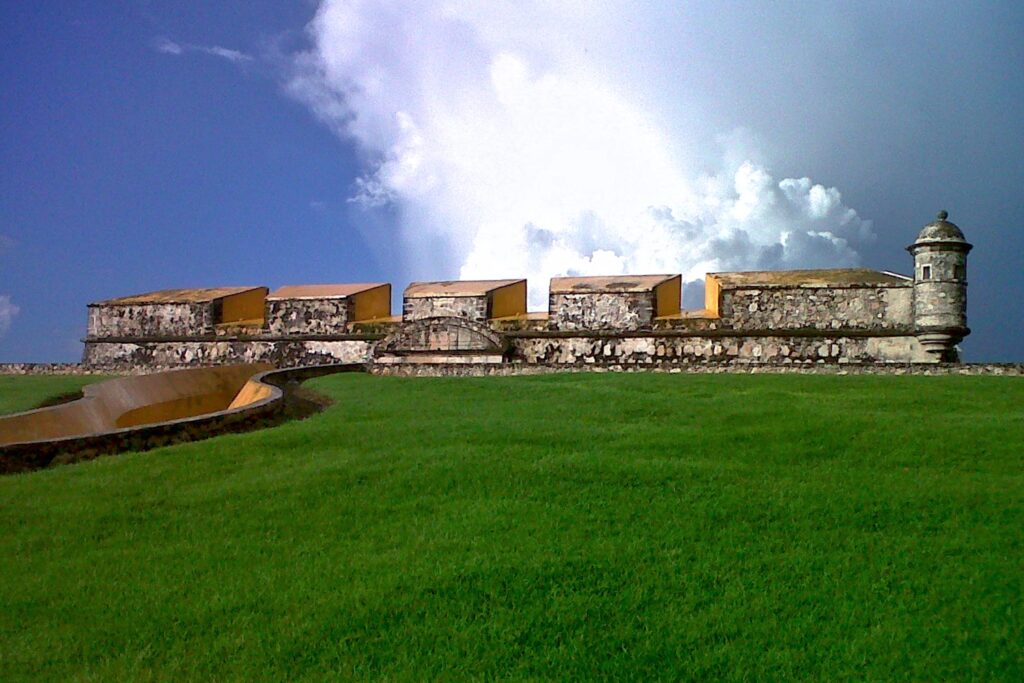
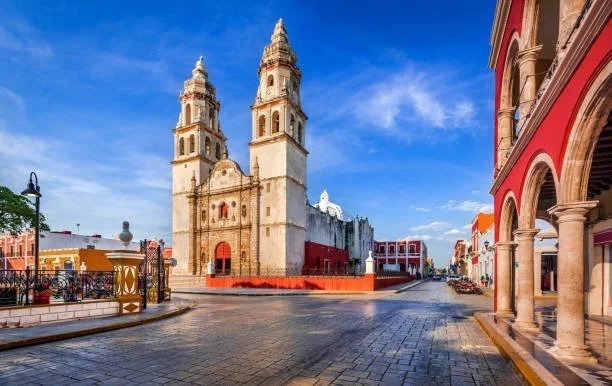
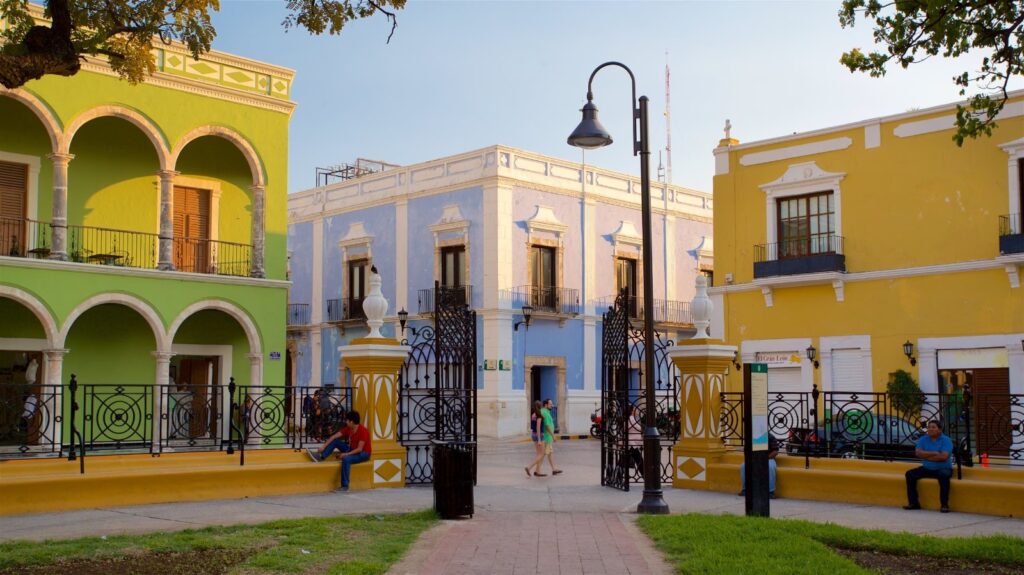
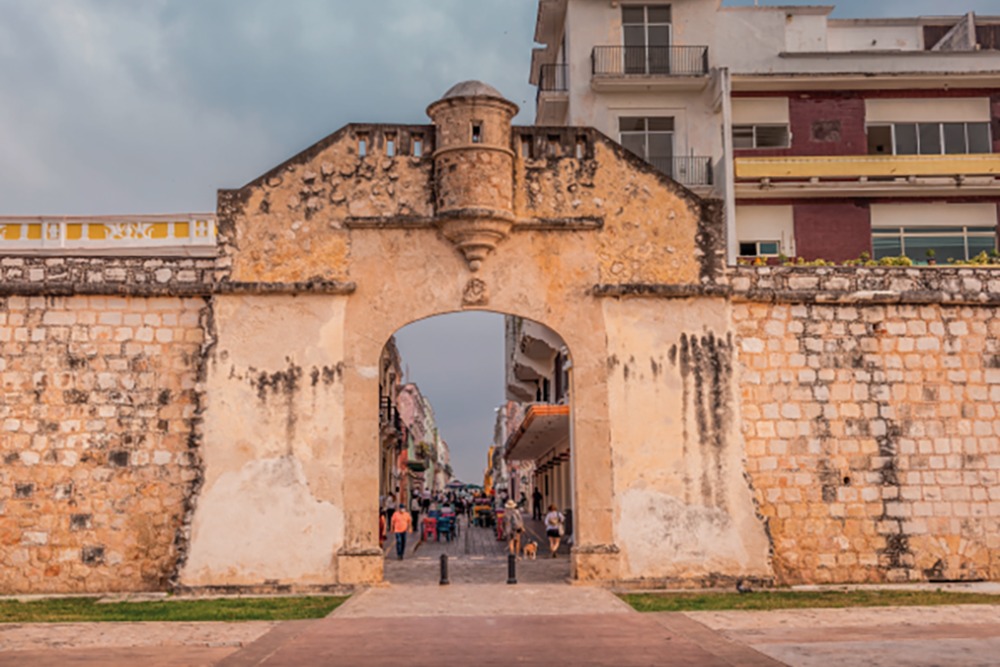
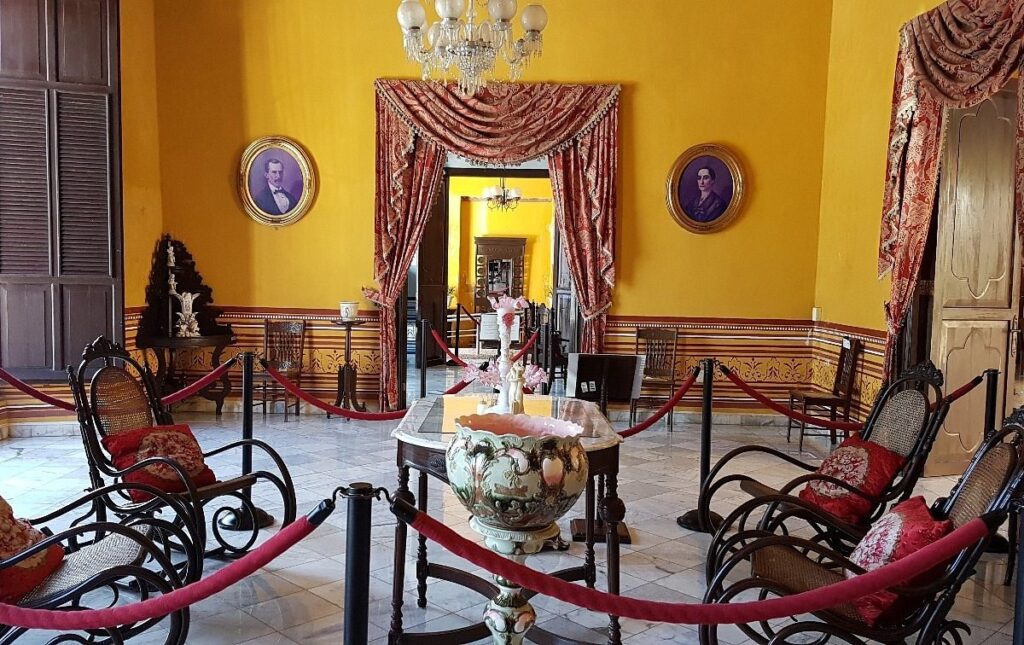
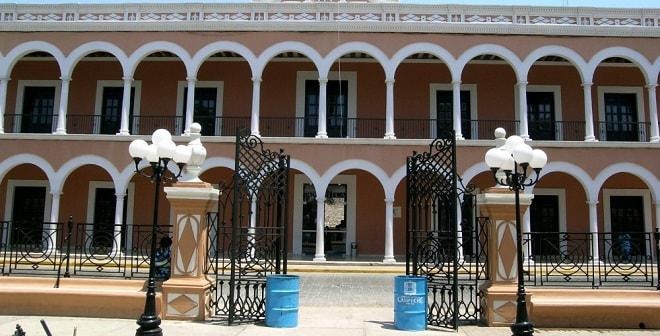
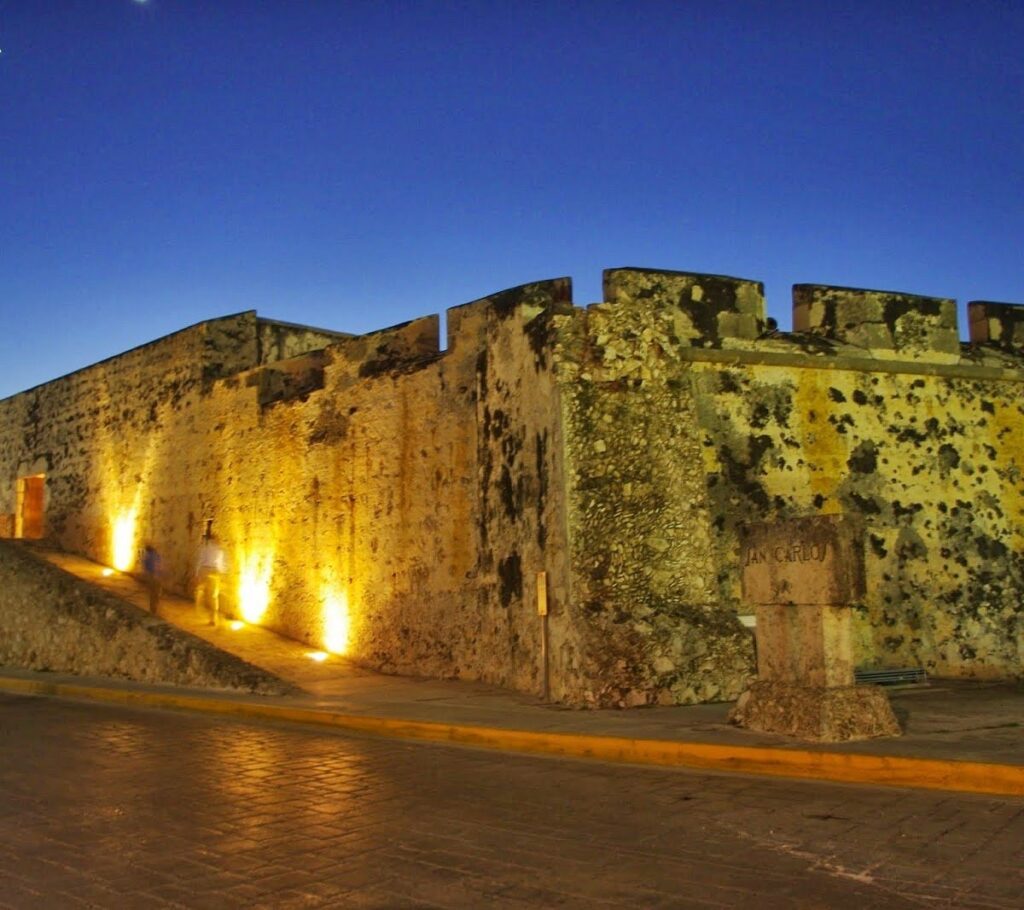
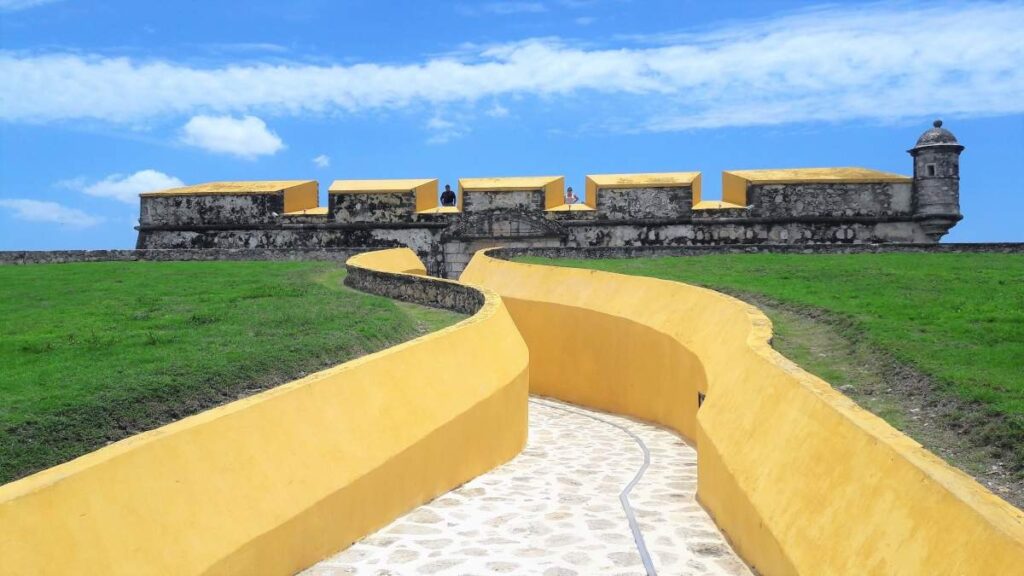
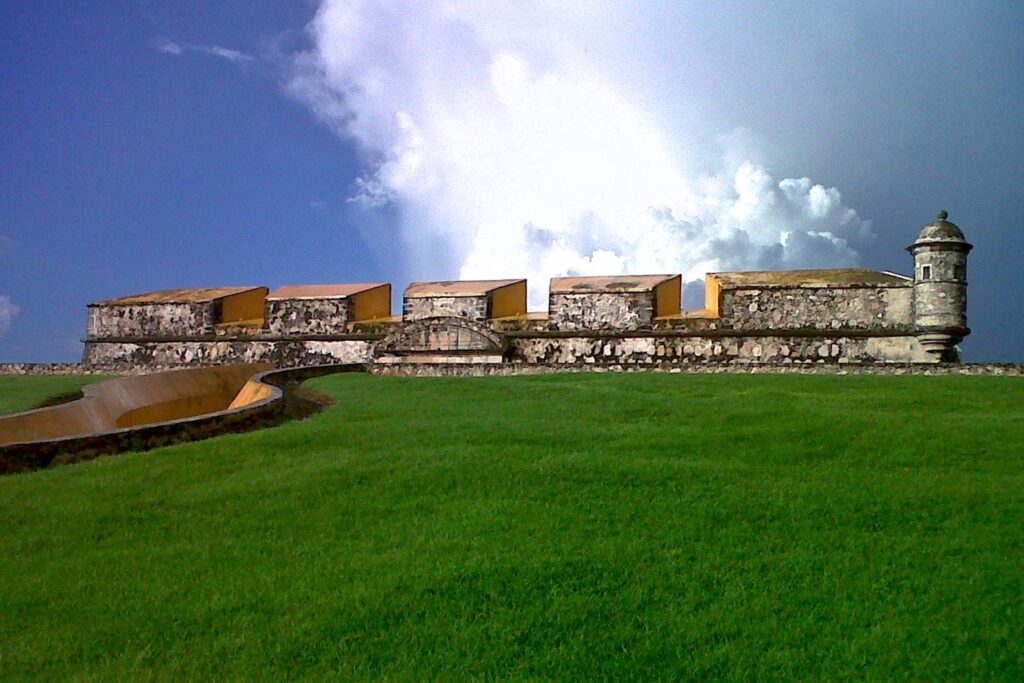
Seybaplaya and Siho Playa
You will love these two bays with jade-colored waters, fine sand and calm waves. In the first you will be able to delight in the dishes that they make in the palapas with fresh bass, shrimp or octopus; You will also have the option of practicing water sports, such as kayaking and windsurfing, swimming in the Payucan spa or simply lying on the sand.
In turn, Siho Playa offers the same pleasures with the advantage of having a greater hotel infrastructure.
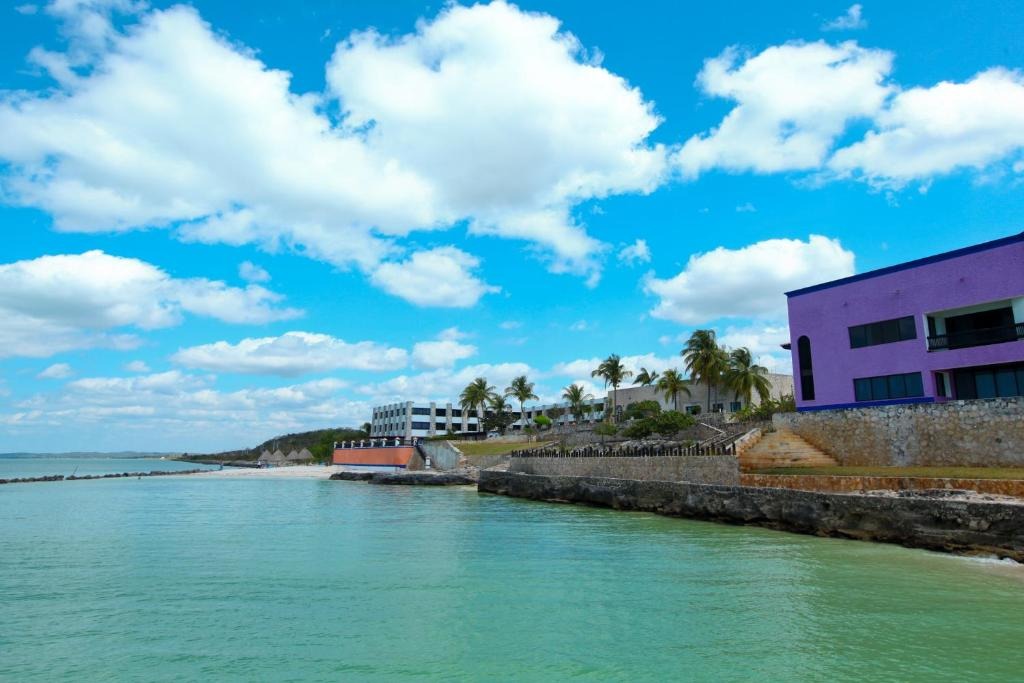
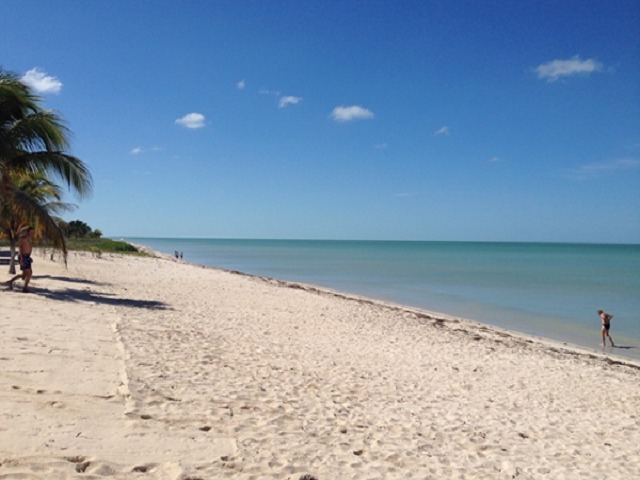
CHAMPOTON
Colorful and tropical, this town is located at the confluence of important ecosystems: from here you can explore wetlands, rivers, lowland jungle and a wide open bay in the Gulf of Mexico. With such surrounding wealth, it is not surprising that it has been coveted by various cultures throughout the centuries. Do you want an example of this? Take a look at Fort San Antonio, which is on the seawall and was built at the end of the 16th century to protect the nearby Laguna de Terminos from English privateers. With thick red walls, it is the testimony of a time when it was a very rich port due to the exploitation and trade of dyewood, chewing gum and precious woods.
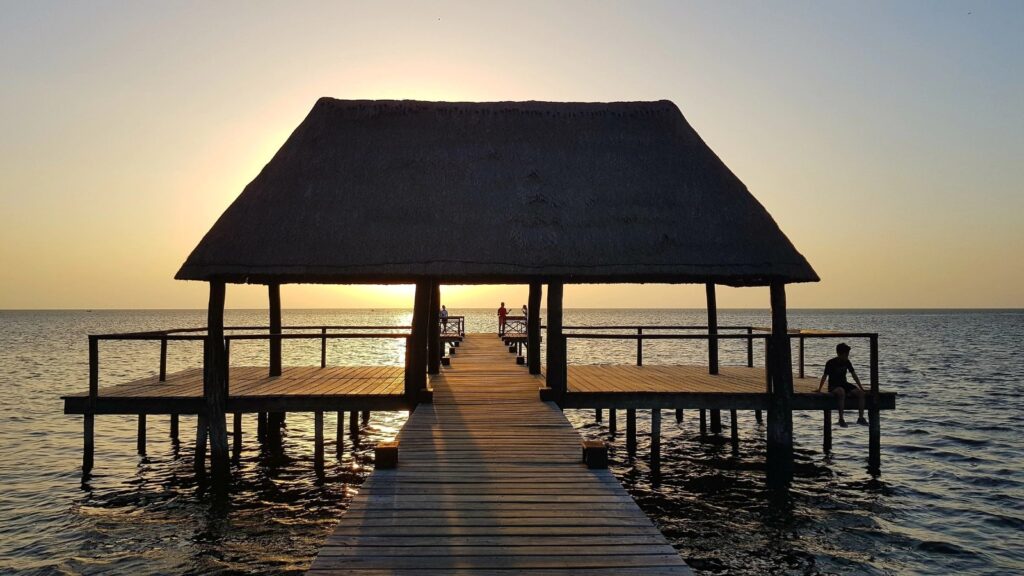
Stroll through the Ángel Castillo Lanz square – guarded by arches and portals – and through the Pablo García Market, where you can find the tastiest fish and snacks in the state.
SABANCUY
Little by little you enter the arm of land that, at the height of Laguna de Terminos, disintegrates until it forms Isla Aguada and Isla del Carmen. But first, you have to make a stopover in Sabancuy, with beautiful beaches and a picturesque architectural legacy.
Walk along its boardwalk; Take photos of the seabirds, and then go into the center to admire the intensely colored façade of the Temple of the Sacred Heart of Jesus. If the heat forces you to take a break, take advantage of the shade provided by the plaza’s kiosk and its palm trees.
Its beach has little depth, little waves and easy access to urban infrastructure, making it recommended for any type of traveler, regardless of age or abilities.
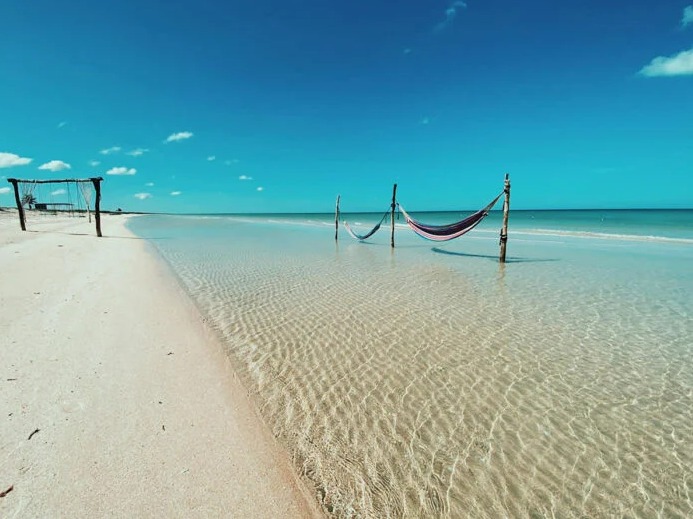
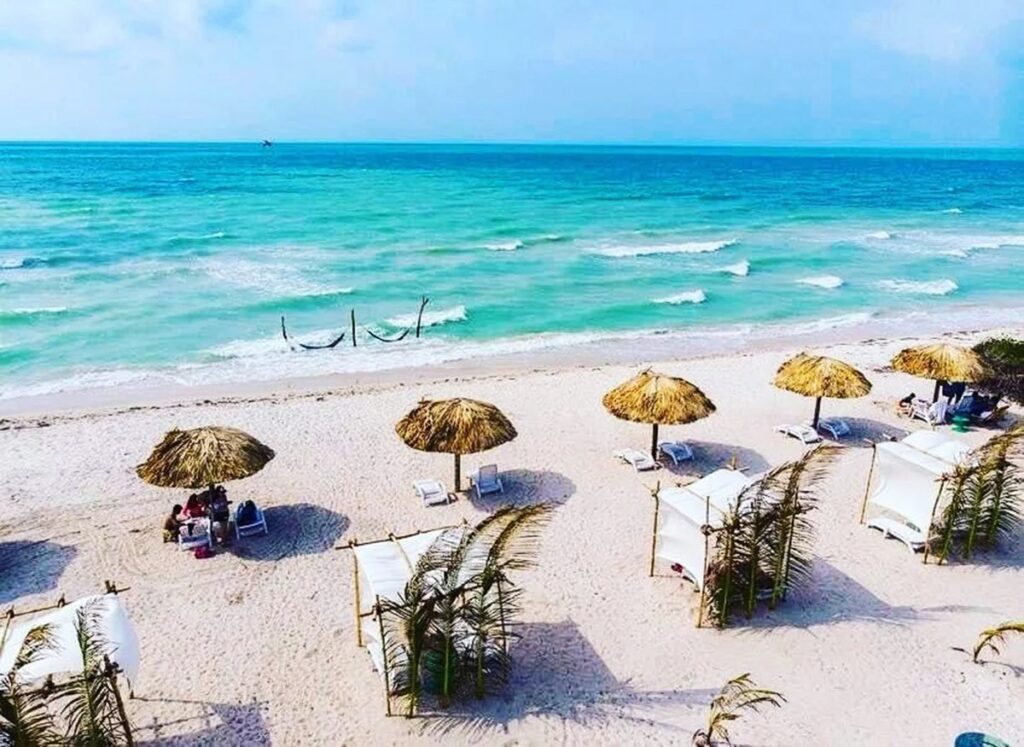
CARMEN CITY
To get to this industrious city you have to first cross a suspended bridge over the Terminos Lagoon, so large that at first glance it looks like a sea. It is the largest salt lagoon in Mexico.
Stroll along its boardwalk and admire the colossal ships that enter the port loaded with containers, a spectacle in itself. As you walk along the coast, Stella Maris, the Star of the Seas, will immediately appear on the horizon, a sculpture 22 meters high from the base supported on a pier.
It was created by the artist Sergio Peraza as a tribute to the Patron Saint of sailors. Another colossus of the boardwalk is the El Zacatal bridge, which connects Ciudad del Carmen with Villahermosa, Tabasco.
There is not only a sculpture dedicated to the Virgin of the Seas, but also a temple. This is the Sanctuary of Our Lady of Carmen, completed in 1856 according to the neoclassical style that was fashionable at the time, something that distinguishes it from most of the churches in Campeche, primarily baroque and colonial.
Then take a walk through the Ignacio Zaragoza Park, with its French-inspired kiosk, with a bronze roof and a slate floor. Another space that is reminiscent of the Old Continent is 22nd Street, flanked by mansions with high walls and gabled roofs that seem straight out of a seafaring tale. You will like the Church of Jesus, painted in vibrant yellow as the provincial parishes of the Yucatan Peninsula usually are.
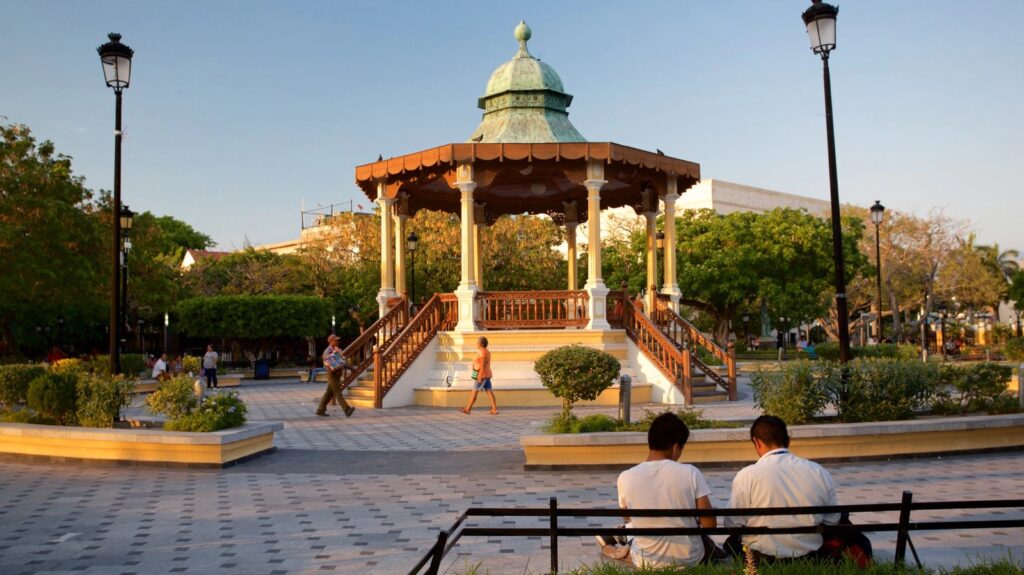
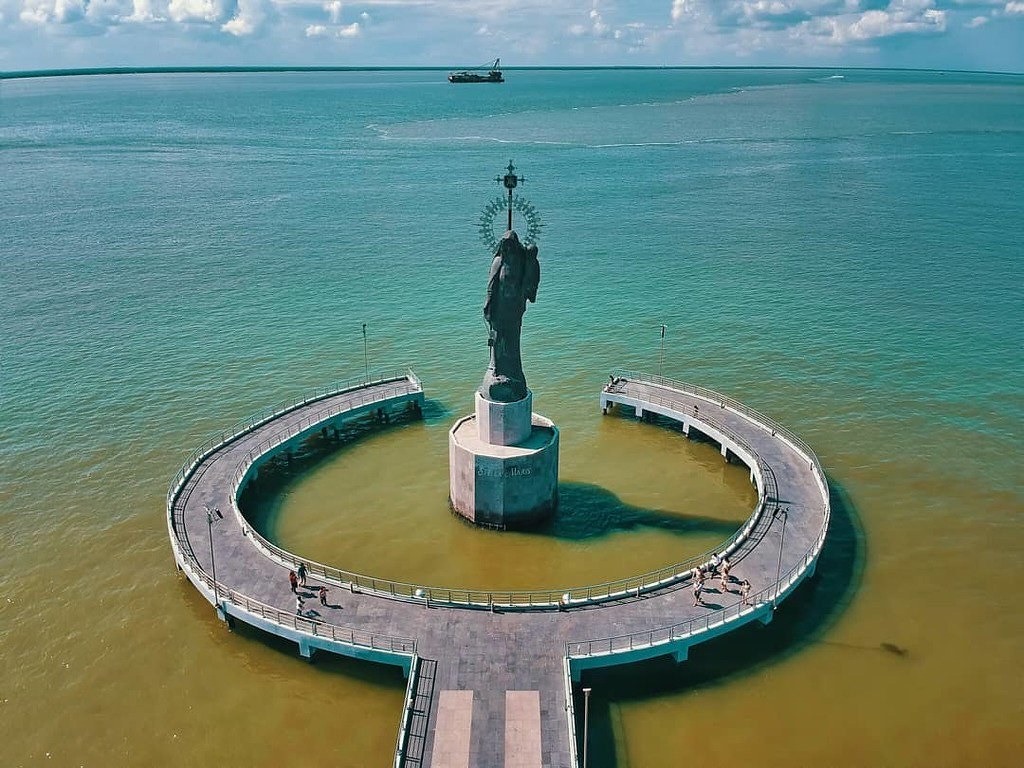
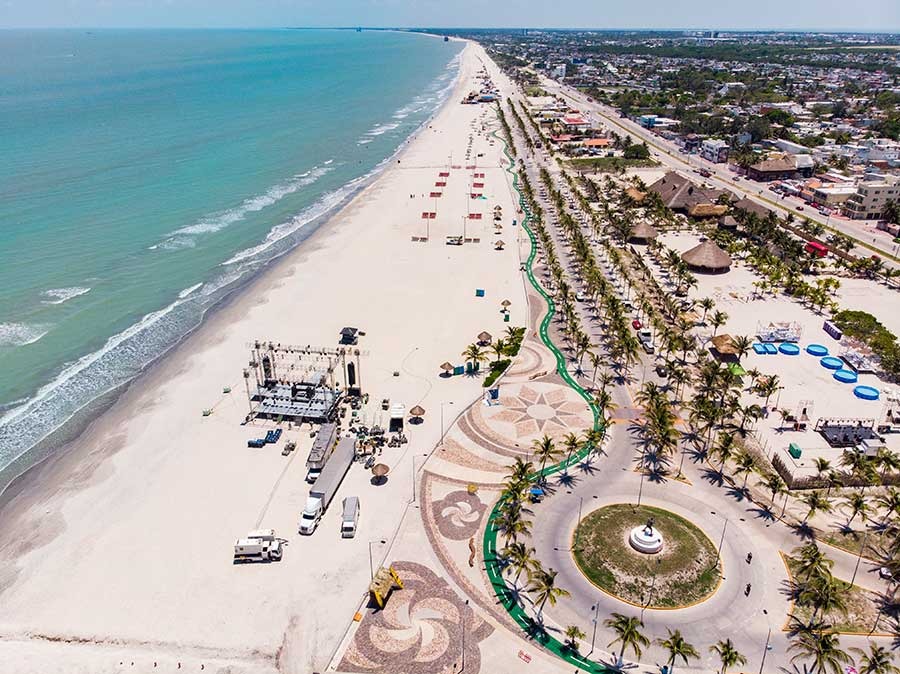
PALIZADA
We have arrived at the only Magical Town of Campeche, a town located on the banks of the mighty river of the same name, very close to Tabasco. If you can, take a boat trip along the river and then walk through this charming town in the morning, when the fog banks have not yet completely dissipated and the houses with colorful facades and clay roofs seem to float.
The people who go early to the municipal market to sell huge bananas, fried empanadas, fresh tilapia and bunches of parsley. You will find that and more inside the small but vibrant market, where everyone seems to know each other and greet each other with affection.
Of course, the center also deserves all your attention, so the next stop should be at the Benito Juárez Park, which has a statue in tribute to this character. The most outstanding building in this first painting is the Church of San Joaquin, with its red façade, its French tile roof and a solitary bell tower.
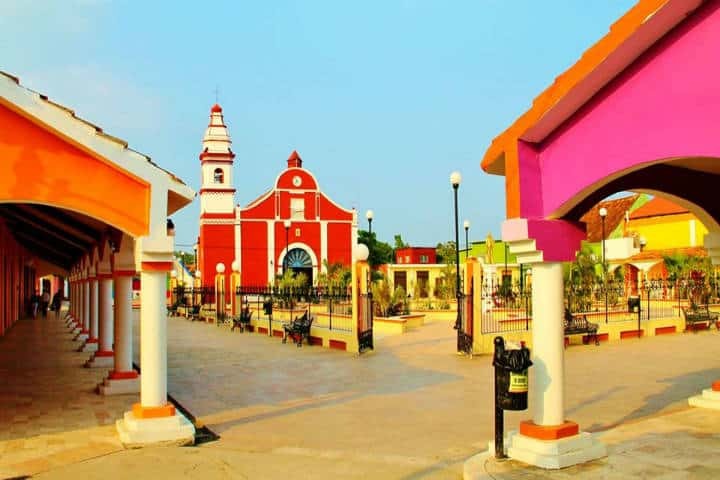
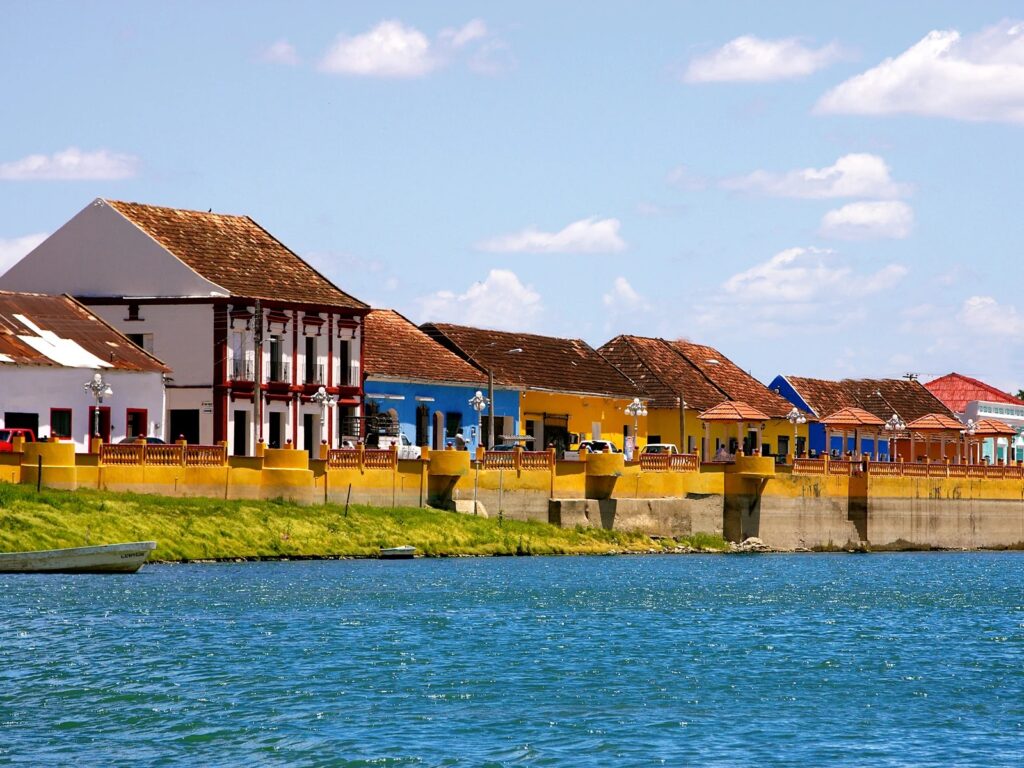
Around it, a succession of porticos provide shade to the ladies who embroider mangoes on their hipiles and to the grandparents who rock while drinking coffee: a picture of the quiet life of the town and the hospitality of its people.
At the House of Culture they have modified the traditional Campechana robe by cross-stitching the fruit that is most abundant in the region: the mango. You will see it captured with colored thread in caps, guayaberas, hats, and hand-painted fans.


